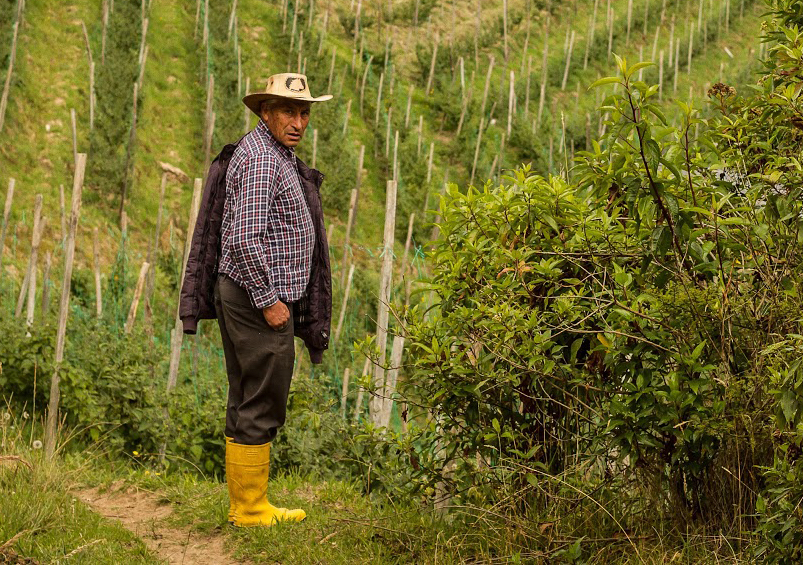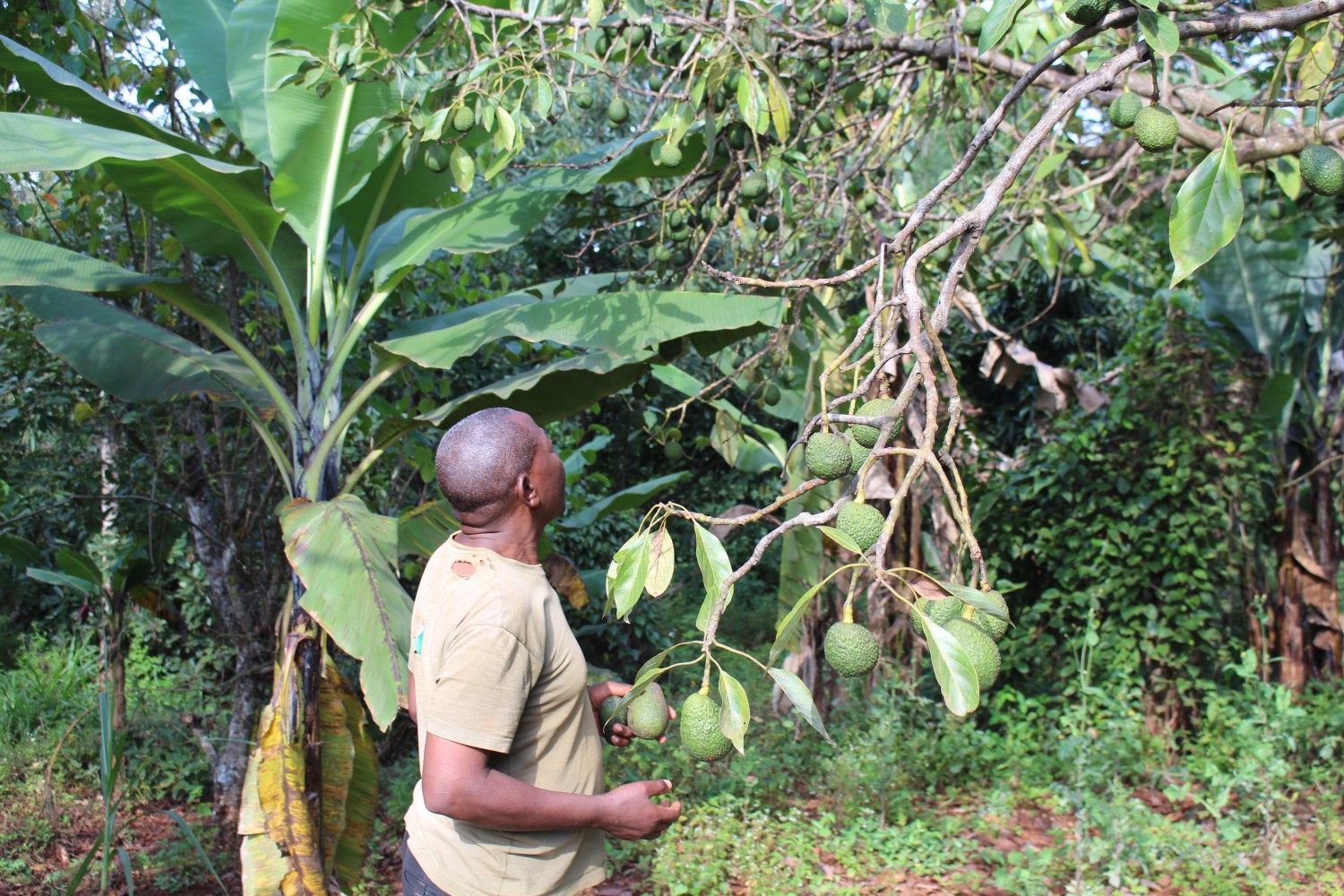Where can I buy Living Wage mangoes?
If you are a consumer, please ask for Living Wage mangoes in your local health food store. We sell our mangoes wholesale, so unfortunately we cannot be sure in which stores they are sold. If you are a business client, please contact our Living Wage mango expert Gert-Jan Lieffering: GertJan.Lieffering [a] eosta.com.
What is a Living Wage?
A Living Wage is a wage or income that allows a worker and his or her family to have a decent standard of living. This includes food, water, housing, education, healthcare, transport, clothing and other essential needs including provision for unexpected events (Anker & Anker, 2017).
What is the Living Wage Gap?
The living wage gap is the difference between the current wage a worker earns and the Living Wage for the worker’s situation.
How does the Living Wage compare to the Minimum Wage?
Living Wage and Minimum Wage are two completely different things. The Living Wage is based on a dignified and decent standard of living. The Minimum Wage is based on a legal minimum which is usually the result of economic reality and negotiations between different parties. Practically speaking the Minimum Wage is nearly always below a Living Wage. These even goes for a country like the United Kingdom. In poor countries the difference is usually much larger.
How much is a Living Wage?
Living wages varies widely from country to country and depends on the price level and general standard of living. In the USA the living wage benchmark is approximately US$ 13.- per hour while in India it’s US$ 1.55 per hour. Usually, a different Living Wage is set for living in the city and for living in the countryside. For Burkina Faso, we determined an urban Living Wage of approximately US$ 247.- per month and a rural Living Wage of approximately US$ 205.- per month. This is far above the legal Minimum Wage in Burkina Faso, which for an unschooled worker is only US$ 55.-.
Who decides how much a Living Wage should be?
The Global Living Wage Coalition (https://www.globallivingwage.org/) is an international body that benchmarks living wages around the world. These benchmarks are verified by Anker & Anker, two researchers who developed a detailed methodology for assessing living wages around the world. The Anker Methodology is complicated and so far, only 26 countries have been benchmarked. Another organisation that provides Living Wage benchmarks, based on online data, is the WageIndicator Foundation. The method may not be as profound as the Anker method, but the global coverage of the benchmarks is much wider: currently it covers 119 countries.
Why are Living Wages important?
According to the Universal Declaration of Human Rights, every worker has the right to a “just and favourable remuneration ensuring for himself and his family an existence worthy of human dignity”. At Eosta / Nature & More we are convinced that living wages will become an important requirement for food production and production in general. Future consumers will no longer accept that people in other countries live in dire poverty in order to provide us with cheap food.
If people in poor countries do not earn a living wage with their work, this is not only unjust, it also carries risks. If we fail to accomplish Living Wages, the wealth gap will grow. In the long run, these costs will inevitably come back to us through migration or social unrest, since we live in a global village.
What is Nature & More / Eosta’s motivation to work on this?
At Eosta we have a 100% organic trade policy. In organic farming Honesty, Ecology, Health and Care are the four basic principles. Living Wage is directly tied to the principles of Honesty, Health and Care. We aim to have a positive impact on people's health and quality of life through our trade.
Additionally, we strongly believe that there can be no sustainability without transparency. Therefore we use the Sustainability Flower to measure our impact on seven aspects of sustainability: water, climate, soil, biodiversity, individual freedom, justice in society and solidarity in economics. Living Wages are an indicator of solidarity in economics. See here for more information about the Sustainability Flower
What is the current worldwide situation with Living Wages?
It’s very common worldwide that people earn less than a living wage. Practically speaking the world market and the free market do not offer any incentives to pay living wages. Actually, the free market discourages Living Wages, because they increase the costs and lower the profits. The legal minimum wage is often below a Living Wage. Most production industries such as clothing and electronics have been moved to developing countries, precisely because labour cost is low there. In clothing industry for example, wages are notoriously low. Even in a country like the UK, 6 million people earn below Living Wage.
Do social labels and certification schemes ensure a Living Wage?
No. Many social certification schemes exist, such as Fairtrade. Different labels monitor and improve working conditions in poor countries in different ways. But there is no label yet that guarantees a Living Wage. Social certification schemes usually check for adherence to the legal Minimum Wage, but that is often below Living Wage.
How does Living Wage fit into the Sustainability Flower?
The Living Wage gap is a measure of social sustainability. Nature & More’s Sustainability Flower has four petals for ecological sustainability and three petals for social sustainability: one for freedom (individual), one for justice (society) and one for solidarity (economy). Living Wage belongs in the “economy” petal. It can be seen as a measure for the level of solidarity that has been achieved. See here for more information about the Sustainability Flower
How does Living Wage fit into True Cost Accounting
The Living Wage gap can be used to monetize the impact of production on Social Capital. So far, social capital has been mostly ignored in True Cost Accounting. The Living Wage gap is a perfect indicator: when the gap is zero, there are no hidden costs of production. See here for more info on True Cost Accounting.





